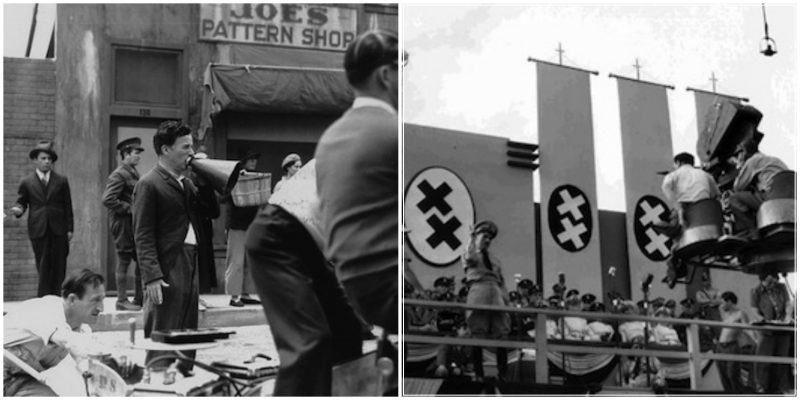“The Great Dictator” is one of those movies that puts you on an emotional roller coaster throughout the whole time: you laugh, then cry, then cry and laugh at the same time. The masterpiece, done by one of the world’s greatest actors, writers and directors, Sir. Charles Chaplin, is an emotional, powerful and sarcastic “reflection” to Hitler’s dictatorship.
In the 1930s cartoonists and comedians often built on Hitler and Chaplin having similar mustaches. Chaplin also capitalized on this resemblance in order to give his Little Tramp character a “reprieve”.
In his memoir My Father, Charlie Chaplin, Chaplin’s son Charles Jr. described his father as being haunted by the similarities in background between him and Hitler; they were born four days apart in April 1889, and both had risen to their present heights from poverty. He wrote:
“Their destinies were poles apart. One was to make millions weep while the other was to set the whole world laughing. Dad could never think of Hitler without a shudder, half of horror, half of fascination. “Just think”, he would say uneasily, “he’s the madman, I’m the comic. But it could have been the other way around.”
We found this exceptionaly rare collection of photos depicting the set and making of The Great Dictator!
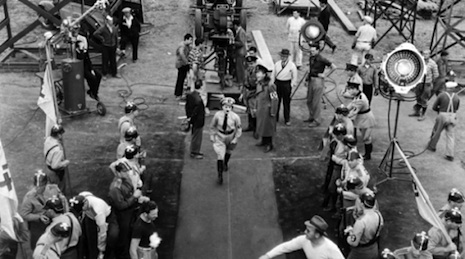
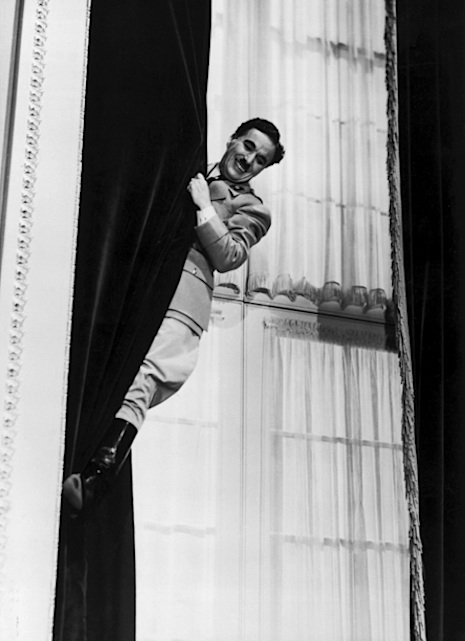
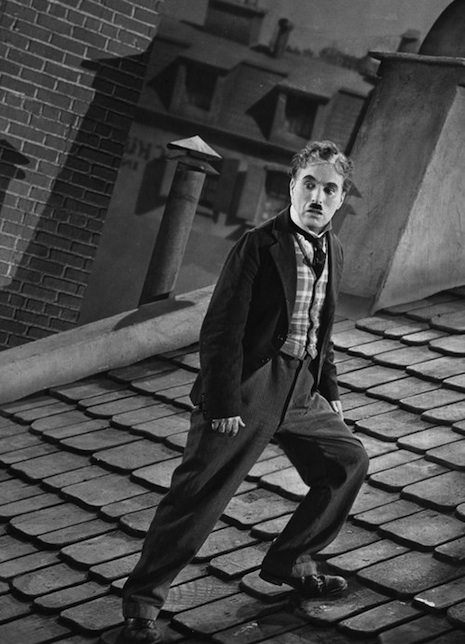
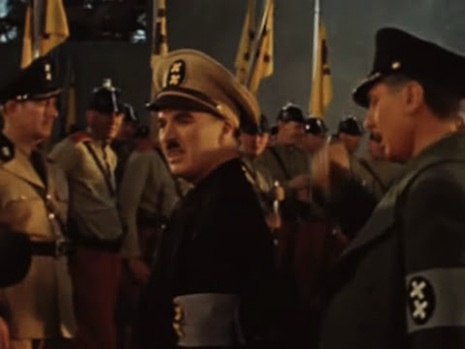
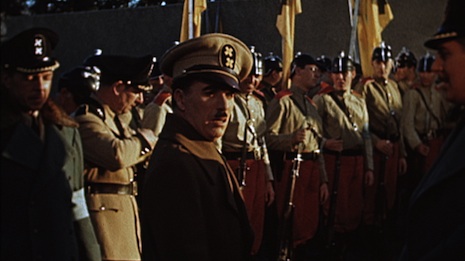
In the period when Hitler and his Nazi Party rose to prominence, Chaplin was becoming internationally popular. He was mobbed by fans on a 1931 trip to Berlin, which annoyed the Nazis. Resenting his style of comedy, they published a book titled The Jews Are Looking at You (1934), describing the comedian as “a disgusting Jewish acrobat” (although Chaplin was not Jewish). Ivor Montagu, a close friend of Chaplin, relates that he sent the comedian a copy of the book and always believed that Chaplin decided to retaliate with making Dictator.
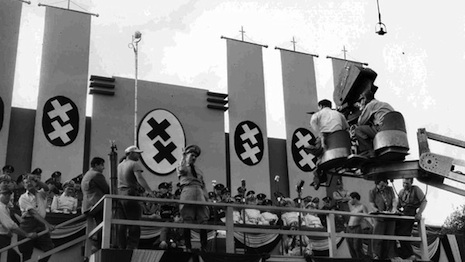
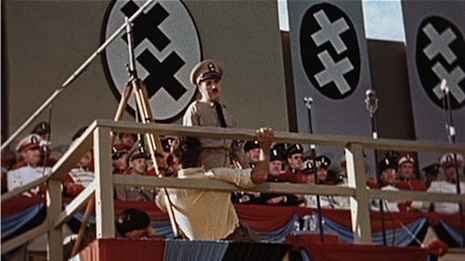
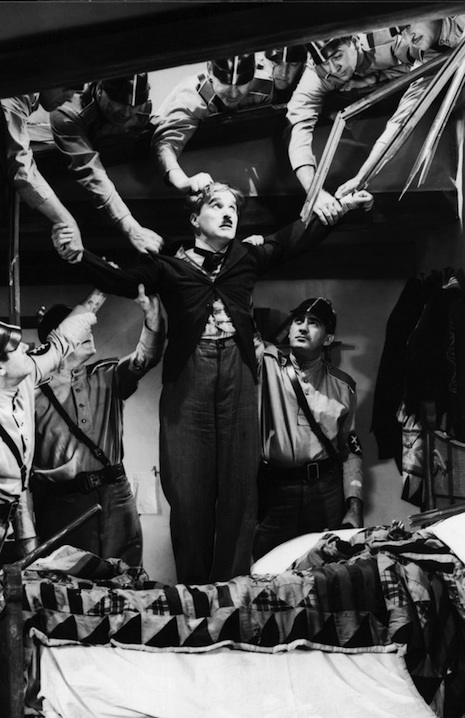
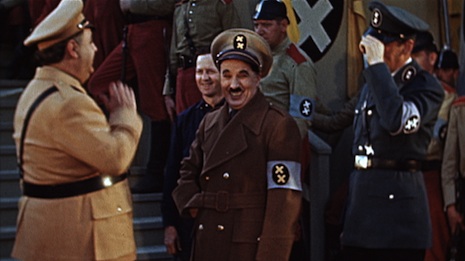
Chaplin prepared the story throughout 1938 and 1939, and began filming in September 1939, one week after the beginning of World War II. He finished filming almost six months later. The 2002 TV documentary on the making of the film, The Tramp and the Dictator, presented newly discovered footage of the film production (shot by Chaplin’s elder half-brother Sydney) which showed Chaplin’s initial attempts at the film’s ending, filmed before the fall of France.
According to The Tramp and the Dictator, Chaplin arranged to send the film to Hitler, and an eyewitness confirmed he saw it. Hitler’s architect and friend Albert Speer denied that the leader had ever seen it.Hitler’s response to the film is not recorded, but another account tells that he viewed the film twice.
Some of the signs in the shop windows of the ghetto in the film are written in Esperanto, a language which Hitler condemned as a Jewish plot to internationalize and destroy German culture, perhaps because its founder was a Polish Jew
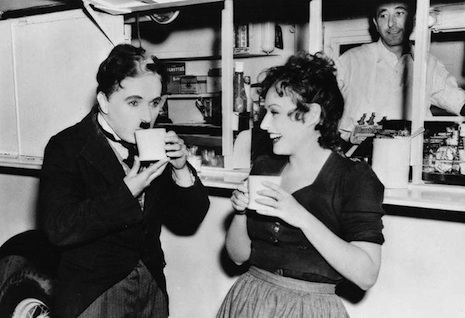
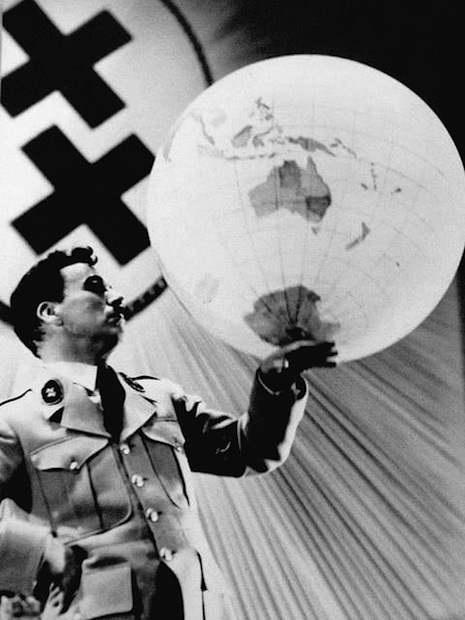
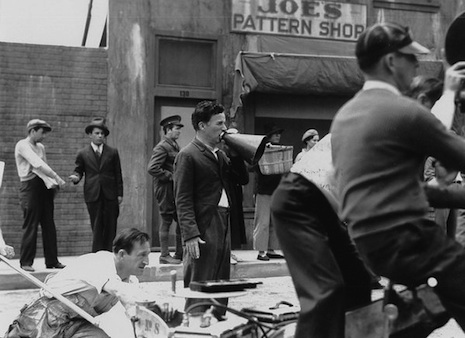
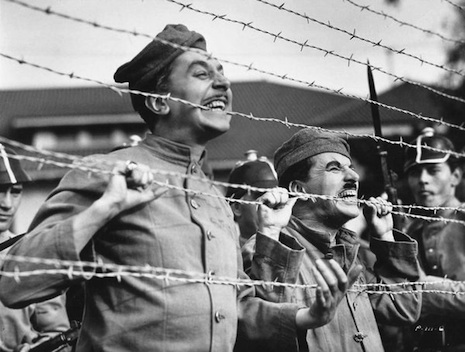
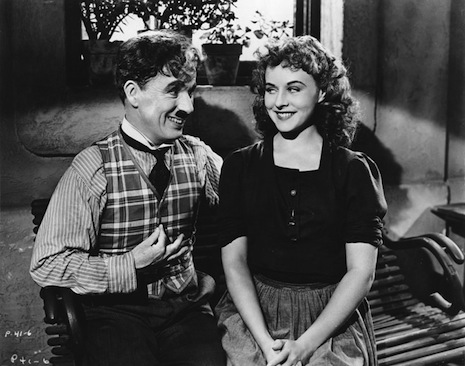
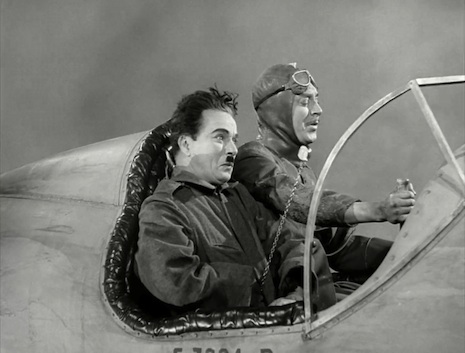
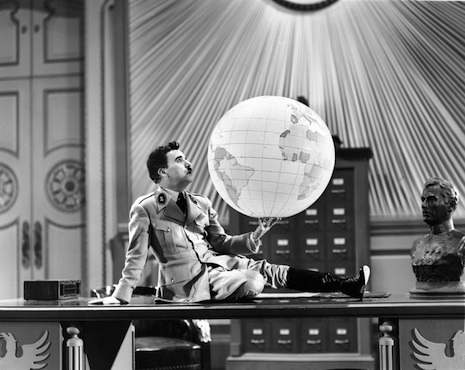
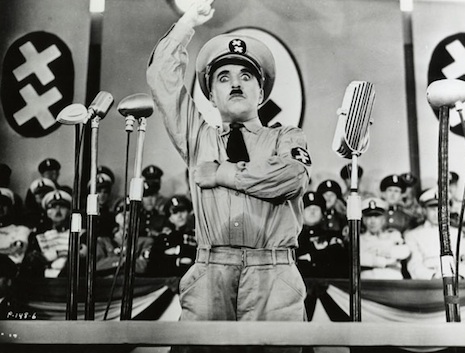
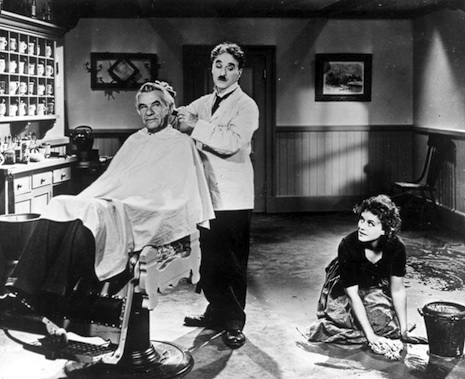
Chaplin’s film was released nine months after Hollywood’s first parody of Hitler, the short subject You Nazty Spy! by the Three Stooges, which premiered in January 1940.Chaplin had been planning his feature-length work for years. Hitler had been previously allegorically pilloried in the German film by Fritz Lang, The Testament of Dr. Mabuse.The film was well received in the United States at the time of its release, and was popular with the American public. The film was also popular in the United Kingdom, drawing 9 million to the cinemas, despite Chaplin’s fears that wartime audiences would dislike a comedy about a dictator. It was the second-most popular movie in the US in 1941.
The film was banned in several Latin American countries, where there were active movements of Nazi sympathizers.
During the film’s production, the British government had announced that it would prohibit its exhibition in the United Kingdom, in keeping with its appeasement policy concerning Nazi Germany. But by the time the film was released, the UK was at war with Germany and the film was welcomed in part for its obvious propaganda value. In 1941, London’s Prince of Wales Theatre screened its UK premiere. The film had been banned in many parts of Europe, and the theatre’s owner, Alfred Esdaile, was apparently fined for showing it. It eventually became Chaplin’s highest grossing film with a total of $11 million worldwide
